What Is Media Buying? 10+ Tips To Have A Media Buying Strategy That Actually Converts
Undoubtedly, we can gain a lot of opportunities on the Internet, but when it comes to promoting your products and services online, it is quite challenging for you to find a way by yourself to let the world know how amazing your products are. So, what do you plan to do?
The short and simple answer lies in the media real estate that helps to reach the right audience, such as radio slot, billboard, online banner ad, etc. Of course, it is not as simple as it sounds. So, what you need here is the process of media buying, which is like a science, at the same time, an art form.
Media buying will help you in creating an effective ad, ensuring what your target market actually sees when it comes into play as well. So, in today’s post, I will lead you through an article about What Is Media Buying? 10+ Tips To Have A Media Buying Strategy That Actually Converts, also the benefits of using media buying for you to consider looking at doing some media buying of your own.
What exactly is media buying?
Media buying is known as a process of purchasing media placements for advertising. It could be on TV, in publications, on the radio, digital signage, or on websites as well. Agencies are often known for the function of advertising. This media buying is about the strategic wholesale multi-platform ad space purchases, negotiations, and arrangements which aimed at looking for the most advantageous placement at the lowest price for the period.
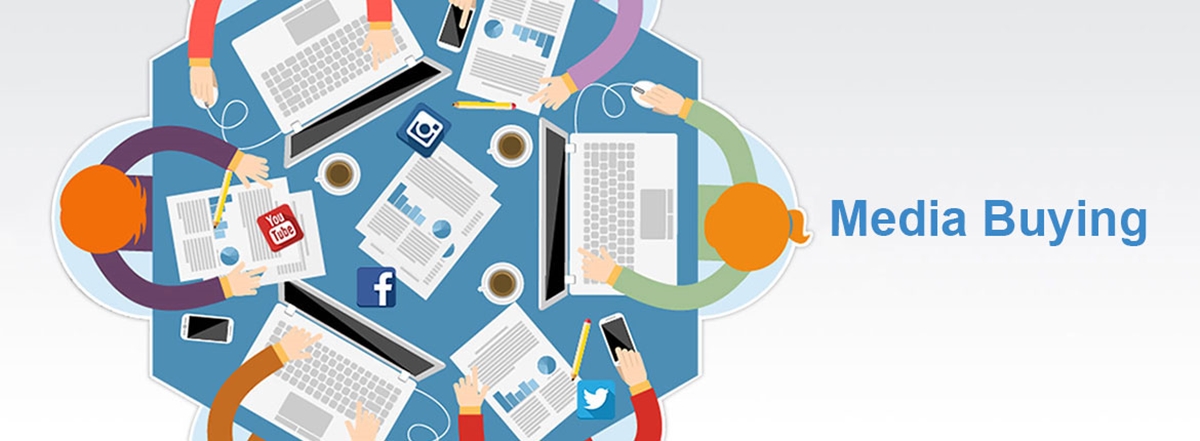
So, most successful media buyers are considered to be skillful in negotiating the price of media on behalf of their clients. When the media planning ends, media buying usually picks up from them, even though they can sometimes have buyers act as planners. Planners will then present the information and strategy for buyers to help them in making the right deals and executing strategy. Media buying often takes charge of the purchase, performance monitoring, and optimization of campaigns. If you are a media buyer, then you will have to find the best vendors in line with the media plan.
Learn the process of media buying
Stage 1: Pre-launching
This pre-launch step should never be skipped because proper planning will help you avoid wasting time and money upon execution. The preparation is the most time-consuming period for in-depth research and careful planning. In the pre-launch phase, the media buyer should consider and choose the relevant media options. The primary focus is to make sure whether the selected media outlets align with advertising objectives. So yes, you should first pinpoint your target market, develop your budget, and then determine when, where, and also the frequency in which your ads will show up.
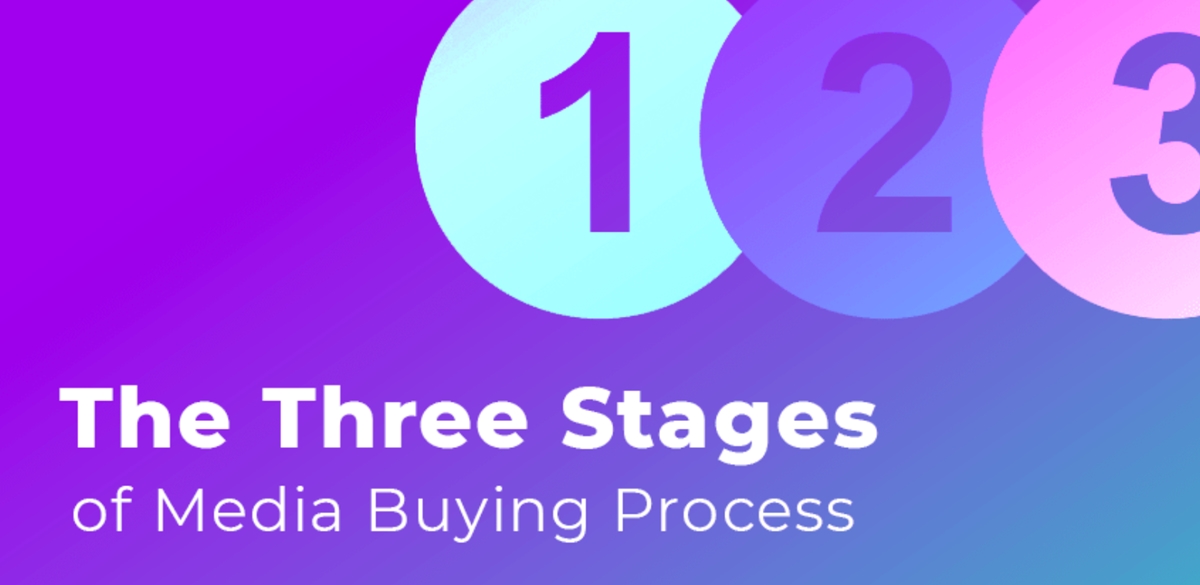
To go more in detail, you should follow this procedure:
- Identify Target Audience, and Decide How to Reach It
After identifying the target group, then just decide how to reach it, like asking some questions about Where do they go? Do they often buy online or come directly to the store? How do they shop? If you plan to advertise online, then think about the channels to reach potential customers. It can be search engine ads, websites, or blog advertisements, and other social network platforms.
- Research Competitors
Research and find information about potential competitors is crucial. So, just identify where your competitors advertise, whom they aim at, what worked, and what didn’t work for them. As a result, you can learning from their experiences and save your own time in thinking and creating smart advertising campaigns.
- Design Media Buying Strategy
This is time for you to pick out the advertising forms that are suitable for your campaign goals. It can be print ads in newspapers and magazines or video commercials on TV, online and movie theaters, indoor posters, or outdoor billboards, radio advertising, banner and text digital media, and so many more. Just decide to concentrate on one channel or buy media from different media owners and advertise simultaneously, it’s your choices.
- Opt for the Media Outlets, and Negotiate the Price
It is always important to negotiate the price of the media before cooperating with radio stations or newspaper publishers. Of course, you should look at and search for the best deals, along with asking for some discounts or bonuses that media vendors ready to give. You can compare offers from many sources of publishers and try to negotiate the price if possible. This is your privilege. When you are a master negotiator, you will soon be able to not only get fair prices for the media slots but also get good deals or some juicy extras thrown in.
- Divide the Budget, and Plan the Campaign Execution
Yes, it’s time for you to allocate the campaign budget depending on the results you expect to achieve, like the clicks, conversions, sales completes, sign-ups, and so on. Just estimate expenditures for a particular period like day, or month. Then, just find a way to distribute your marketing budget across channels, it can be offline or online. List out all the sources that you have to spend, including the unforeseen expenses.
Stage 2: Campaign Launch
So now, you’ve got your brilliant ad and the perfect channel to deliver the ad. It is high time for you to analyze what works and what doesn’t and according to the insights that you gain to make further decisions. You can watch for this yourself try using a media buyer who will handle this step for you.
- Ensure Media Delivery
First, you need to ensure how the advertisement appears in your desired location, consider it in the context of being in front of the target audience or some else. Consider whether it can deliver highly relevant messages that bring value to consumers, or it just brings disturbance or irritation.
- Respond to Customer Behavior or Competitor Activities
In some cases, potential customers just don’t interact with the advertisement as planned, as a result, you just can not reach the response including clicks, buys, signs up, calls, as you wish for. So, it’s your thing to be ready to adapt and adjust the strategy based on consumer feedback. What is more, just track the performance of your competitors, and always be aware of industry trends. During your campaign, you still have the chance to change the settings, budget or media outlets, so don’t afraid to do so.
Stage 3: Post-launch Reflections
This post-campaign stage is a period to reflect and think about the positive, the negative sides of the advertising campaign including delivery, media space, return on investment, customer engagement and overall performance.
- Analyze the Effectiveness of the Campaign
In order to analyze, just try to gather as much data as possible, and then review your statistics as well as reports to see the good and the bad thing of the campaign and decide whether it can generate revenues like what you expected. Also, you should check how the target audience interacted with the product so that you can assess consumer behavior as well.

- Gather Data, and Draw Insights
The data is now all in your hand, so it’s time to utilize it. Just aggregate data, and look at the major and minor trends. You should not just look at singular points, especially when they change the direction, just try to search for relationships among variables or correlation and dependence patterns that assist you in understanding the logic.
- Opt for the suitable Digital Media
Advertising is more than just only create an appealing banner or commercial because ad needs people to see it, and it can become worthless if nobody sees it, especially the new ones in your target group to see it. This is about the place to put the ad, which can decide the result of the entire advertising campaign as well as the desirable revenues for advertisers or just maybe failure.
Today, more and more advertisers just purchase digital media as most consumers now spend most of their time online. So, programmatic advertising would be perfect for enabling you to run highly targeted campaigns and reach audiences across platforms and channels.
What are the benefits of media buying?
There are four main benefits of media buying that I would like to mention:
“Fair” Price
The most major one lies in the fact that media buying online has a “fair” price. There is no single price for everybody, a lot of metrics come into play to make sure that your bid price for a click is high enough. There are multiple niches online that have different competition values, which means if you are targeting a low competition keyword, for example, the word “yoga shops in London” will be much cheaper than just targeting “yoga”.
What is more, a properly optimized ad even can directly affect your cost per click, it means that the price will go down for you if your ad is performing well. Even if your competition is bidding a higher price than you, technically, you will be able to reserve the #1 spot in Google Adwords. And if it is a poorly optimized ad, then your costs will be driven higher and you can not rank well.
Highly Targeted Opportunities

Unlike the old mediums of advertising like radio and TV, media buying will enable you to make a more precise prediction of whom your ad was shown to. What is more, you will be able to create ads that can run deep with the targeting available. For example, if you are utilizing Facebook Ads, you are able to make use of the data that the user has on Facebook to create an ad for them. It can be so specific in defining your audience like a 25-year-old female who lives in London, likes shopping and is single. With this power of media buying, you will soon get more creativity in creating any type of ads too.
Trackable Metrics
Yes, all the metrics on media buying like a number, or many times an ad is viewed, clicked on and even led to conversion are trackable on media buying. This is contrary to the advertisements on radio and TV as you can not measure exactly the influence of your on your consumer. It is undoubted that media buying can see everything, which is more useful and fast.
Speedy Implementation and Adjustments

It is easy for you to set up media buying. Also, you will be able to edit, boost or minimize your budget “on the fly” to make sure that you have the complete control over your ads, your spending per click, your budget and even your ROI on the ad investment. Amazingly, it just requires you a few minutes of planning to create highly targeted ads directed to highly targeted audiences.
10+ Tips to optimize your media buying strategy
Here comes the main part: Tips for optimizing media buying strategy.
1. Create with your media in mind
The first one that I want to mention is about media creation in mind. As part of media buying combining with ad creation is often overlooked. People often think inventory can be done when a display campaign is already built. Nevertheless, you can increase your creativity when you know where a campaign will be served as it can offer contextual info.
When you have an idea of the context when a published ad may find itself in assisting banner designers. For instance, some products should be displayed in a particular way, and a brand might have a preference for skyscraper ads to display a tall product or place a video banner for a high-end car in a leaderboard format on upmarket publications. When you know about your media placement in advance, it is your chance to better perform the banners that can cater to specific audiences.
2. Start by playing with lower payout offers
This is about a piece of advice that you should not be seduced by high payouts offers because they don’t necessarily mean that you’ve found a well-hidden treasure chest, also it doesn’t immediately mean that you will get a lot of money. When you look at the extremely appealing payouts, this means that traffic from these nations will be more expensive. When the impression is more valuable, so it will cost you more, and the payout will also be higher.
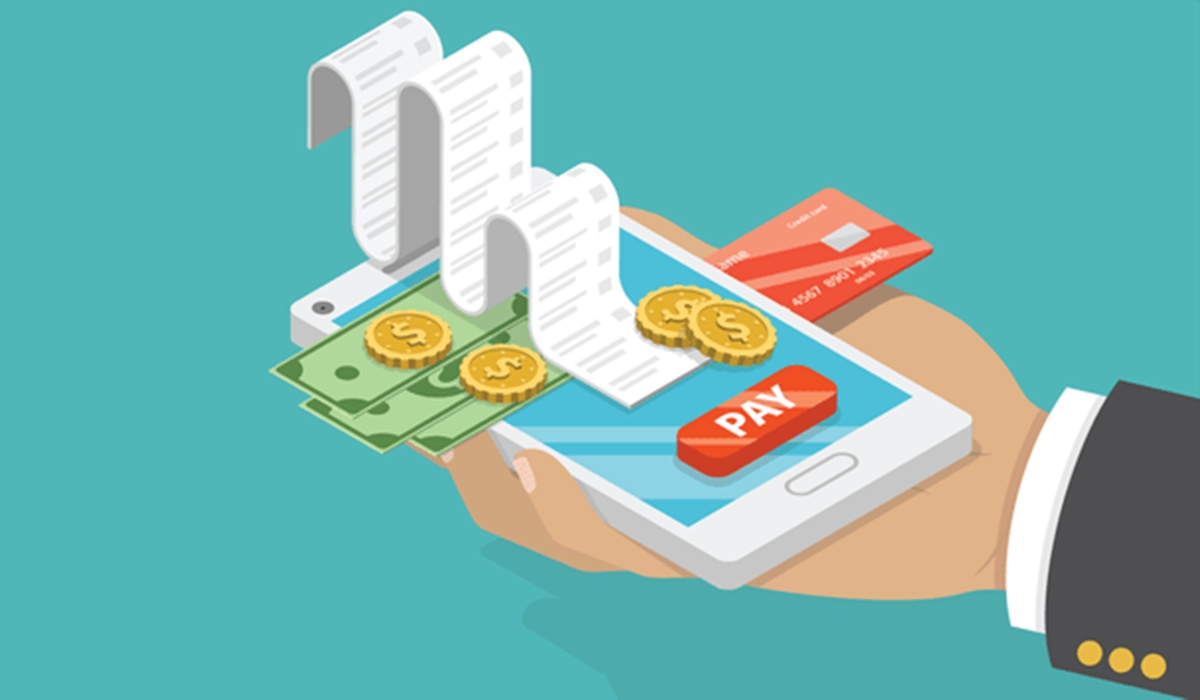
But why should you not promote these offers? Because taking things slowly at the very first step when you start your media buying experience is always a clever way. Imagine when you create a campaign in high-payout countries, you will go through so many difficult decisions, which will need more experienced Media Buyers to make. If you don’t target with the ultimate precision or fail to find the best niche to go for, it is more likely that you will be wasting a lot of cash.
So it’s smarter for you to start lower payout offers and go for countries where traffic is cheaper than the top tier nations as lower payouts for each lead will have a more profitable media buying campaign.
3. Grow steadily and smartly
Just try to grow steadily and smartly from the very first step. When you are just about to start, you must become a member of an affiliate program, so you need to learn to get familiar with its features, talk to account managers about the best verticals, as well as carefully chosen elements to ensure that you don’t embrace the whole world at once. Don’t get on your nerve. Just try to focus, study, and then invest in an offer, and optimize intelligently. Gradually, you will become an affiliate who thrives steadily and smartly to the top, without being so quick in success.
4. Improve your knowledge about media buying
When you decide to be an affiliate marketer, you must know that this is hard work, not just a game for you to play. Because it requires you to invest money, time to analyze data with brains, go for the right decisions under intense pressure and then scale them up like a professionalist.

So, you can not just take some empty notions of the business and going for it like a missile without direction. You should find some articles like Mobile Academy article that has the experts who have seen the ups and downs and know how to analyze data and perform the best optimizations worldwide so that you can learn from them. Also, be in constant contact with your Account Manager because they are the part of an affiliate network and they are hired to ensure that you can earn money and you sometimes might fail to understand why your campaign is losing money.
5. Optimize your banners
Everyone is confident in their banners and they think that they have the perfect one, but they forget how tough it is to get the right one. It is undoubted that banners are complicated, and affiliates find them difficult in deciding how many banners to test in one given campaign. If you have several flashy images to create an appealing Calls-to Action page, then you should test about three to five banners for each campaign. If you utilize a smaller number of banners, you will be more likely to fail to compare the performances of each one. Meanwhile, if you use more than 5 banners, then it will cost you a lot of money and time to get the wanted statistical data to analyze your performance.
6. Know the difference between traffic types
When you have spent a lot of effort in your campaign, then you will need the historical data collected to be the key factor to pivot your strategy and reach your goals. And device type is the thing that you should care about.
For instance, your campaign might get more impressions from desktop traffic but more downloads from mobile traffic. To go more in detail, the traffic performance is based on the content type. Meanwhile, the brand awareness video may perform way more different than a mobile app download campaign on the same platform. So, it is important to choose the right one for you.
Look at the chart of the trend over time in Desktop vs Mobile vs Tablet Market Share Worldwide below, you will be the big difference for each traffic type as mobile did indeed take over desktop traffic in October of 2016, and there is still a significant amount of desktop traffic. The trend might change in the future.
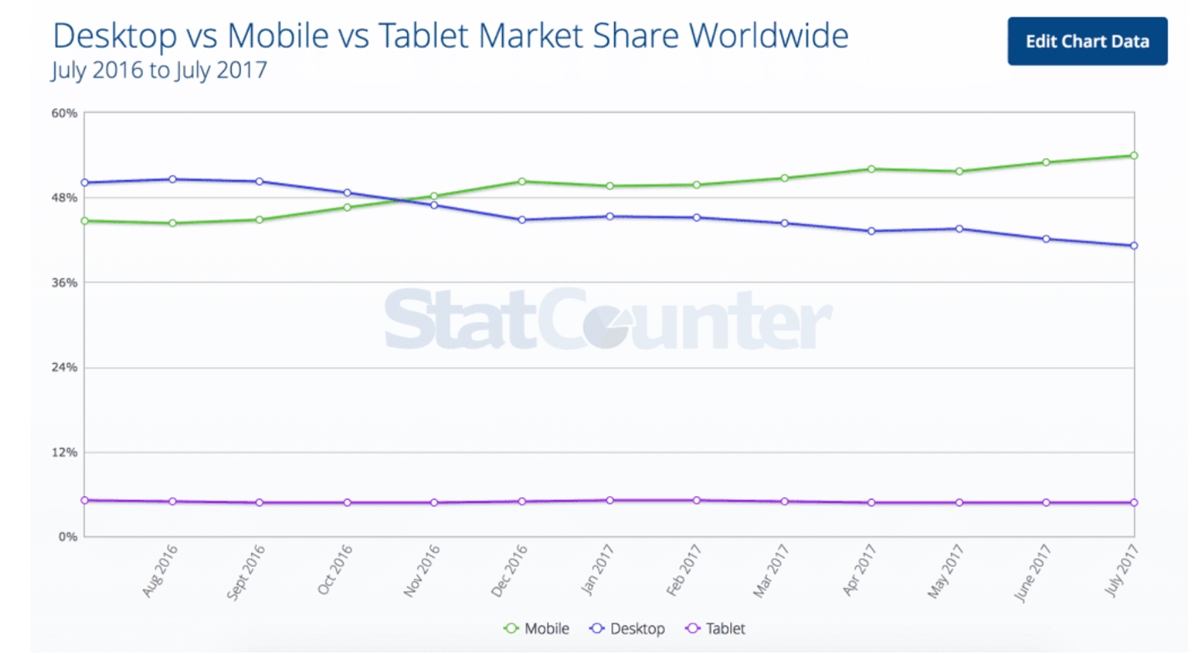
When you decide on choosing the best traffic for your campaign, just think about the mindset of your target audience. If you choose to pay more attention to the mobile audiences, then you should know that they are often moving, have shorter attention spans. They will spend less time with your content compared to when they are on desktop.
7. Focus and tracking and measuring
Tracking is one of the most crucial things in affiliate marketing and optimizing traffic is so analytical based your decisions on hyper-detailed information. While tracking, just be careful with the information that you might receive for a different single traffic source.
An affiliate tracking software is what will help you get more possibilities for stats per specific GEO, Carrier, Ad Network, Banners, Sites, and so on. Just make sure that you put as much information as humanly can do in your tracks. Meanwhile, remember that you can get a great opportunity to perform split testing for your campaign with the tracker, which means you are able to pick different paths to send your user to.
8. Take a look at competitive activities
It might seem obvious in this tips when media buyers should take a look at competitive activities. But this is for the way to make the difference between powerful competitive intelligence and meaningless information. Your space is the best place for you to start your research than those from your competitors. You can have the trick which does not just follow suit with their practices, but try on new things, and test better, pivot faster and drive more traffic and conversions for your brands in the end. This can be challenging for media buyers to fill their role of a media buyer, but it can be very rewarding if you succeed with it.
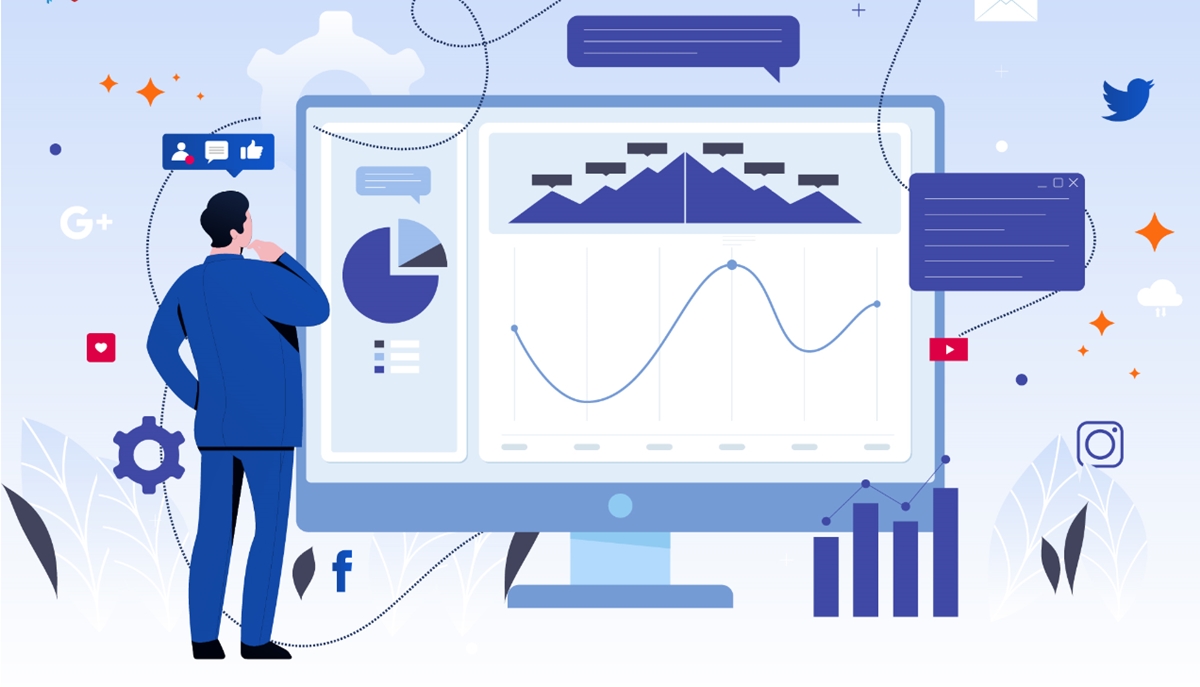
9. Focus on testing again and again
When you spend your brand’s money on advertising, then you will want to get the biggest profit from what you have invested in. For some professionals, this can make them freeze and try to learn everything at first, so they can launch an incredibly successful campaign from the start. Some have claimed that successful campaigns come from continuous testing. Even if you are running a lot of small campaigns, and you are testing and optimizing your products, then you have to be sure that the goal of testing is not to cheat the system, it is about identifying your target audience via testing and then find reliable ways to reach them.
10. Understand the correlation between volume, bid and CTR
When you pick your traffic and target for geography, demographics, and interests, they are all crucial as they can make the first step in optimizing a successful campaign. But your spendings would be the difficult part for you to define the ways to bid and the time to do you pivot. There will be four scenarios that you might face while buying media. But it is the trick that you should know the correlation between different increasing and decreasing results, as well as pivot to obtain the best return on investment (ROI) for your brand. If you keep testing, it is going to change no matter how your campaign is performing, or what RTB to volume to CTR correlation you are facing.
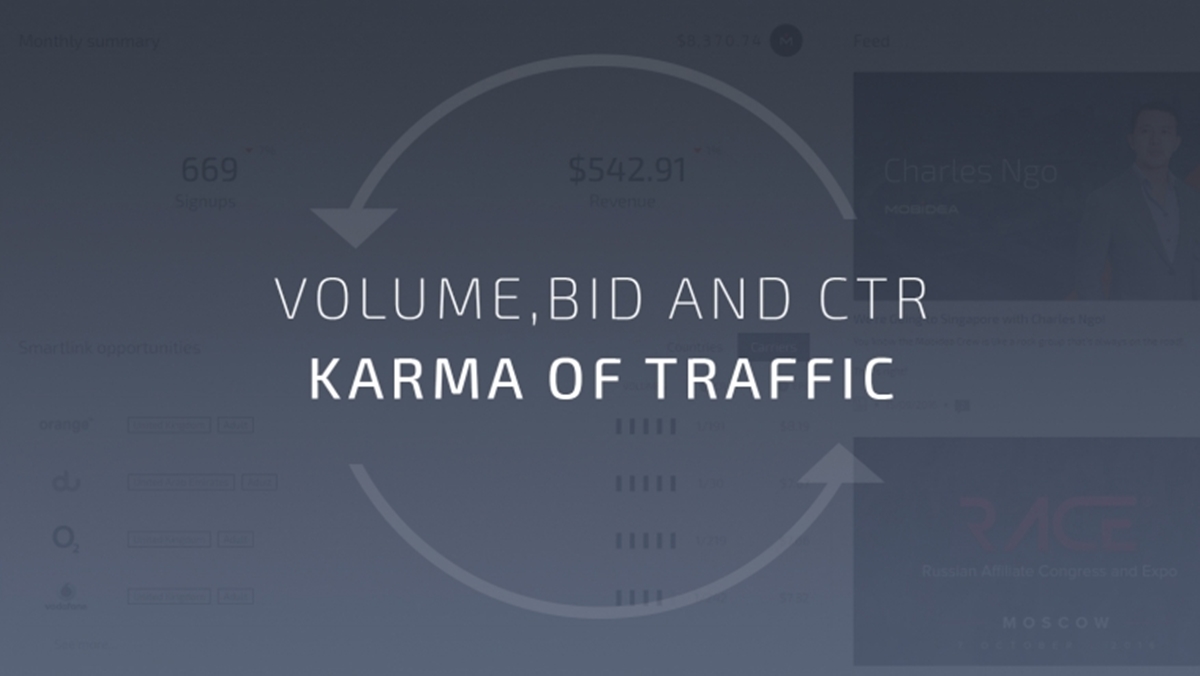
There are four common situations, which are real-time bid (RTB), traffic volume, and click-through rate (CTR), for media buyers to have a better understanding of what the correlation between these all three:
- RTB, volume, and CTR decrease: This is when your traffic was stolen, and your ad is losing ground, you should enhance your bid for the same quality traffic.
- RTB stays the same, volume and CTR increase: This is when a competitor with a higher bid left the auction. It is your time to enjoy this situation because this is your best-case scenario.
- RTB and volume increase and CTR decreases: This is when your target audience is extremely competitive and someone outbid you. This is definitely not your successful period, so you should go back to the targeting drawing board.
- RTB, volume, and CTR all increase: This is when your bid, at the same time, your traffic and volume increased. This is the most logical case when your impression level increased. Consequently, you will see higher quality traffic here.
11. Focus on brand safety
People consider brand safety as the exposure to inappropriate content of a brand. When media buying goes wrong, the brand’s reputation can be damaged so badly. It could be when an ad published next to, before, or within an unsafe environment. In general, when there are fewer layers in media buying, it will become more secure and better in the ad inventory. Hamish Nicklin, the Guardian’s chief revenue officer once claimed: “The environment matters massively to advertisers”.
It is undeniable that brand safety is one of the leading challenges of media buying. In the past, there has been a drive for publishers to provide white-lists and black-lists to help media buyers in guiding them. But look at today’s media buying environment scenario, it is a key consideration for media buying agency to place a brand in a safe environment.
12. Avoid Ad fraud
The automation of programmatic advertising has helped brands a lot in knowing where their ads will appear. However, this might lead to ad fraud. In general, the more you pay, the higher the quality of the ad inventory, and the less potential that you will come across problems.

So, there are certain frauds that can be avoided if you choose the watchfulness of your media buying partner. We can look at domain spoofing as an example, when the premium publishers, like the Financial Times, are the top targets for fraudsters because advertisers pay a lot for their inventory. As a matter of fact, this will cost you quite a lot. However, there is another help as the IAB launched the authorized digital seller tool, or ads.txt, in 2017 to help ad buyers avoid rogue sellers. This is combined with analytics tools, like heatmaps for example, so that you can stay away from ad fraud.
13. Bring media buying in-house
The biggest transformation that is currently occurring in media buying is about transferring media buying in-house. Just like other aspects of display advertising, bringing media buying in-house can make sense as it can offer better budgetary control, but when people come nearer to the business, and another layer of mystery will be removed.
There is a Bannerflow Product Owner Björn Karlström, once said the great benefit of having media buying and creative production in-house is a better end product. With this media buying in-house, communication will become better and work-flows can be smoother so that you can save both money and time. Nevertheless, there is a downside that businesses must enhance their skills and facilities in equipping marketers with the best technology as well as making sure that they have the talent in-house to understand the media landscape as well.
Conclusion
Overall, the eCommerce world is so tough, and it is a great thing to have Media Buyers to help you prepare and implement a proper media buying strategy including decisions on the most suitable media channels, timetables, and campaign messages so that you can optimize your successful media buying activities for our clients.
So, that wraps our article today of What Is Media Buying? 10+ Tips To Have A Media Buying Strategy That Actually Converts. Hopefully, you will find our 13 tips above as a cool media buying tips that will help you to effectively increase revenues without making errors that could do harm to your business.
If there are any parts that you don’t understand, just feel free to communicate with us via this post by leaving the comment below. We will soon reply and help you with that.
New Posts






